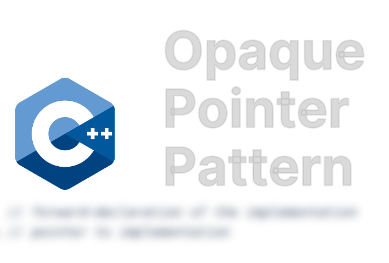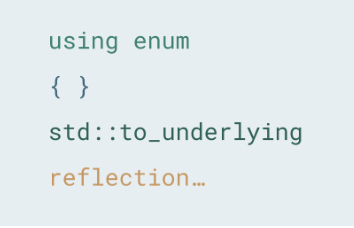Qt and Trivial Relocation (Part 5) -- Giuseppe D'Angelo
In previous posts, we've explored relocation, trivial relocation, and their use in optimizing data structures like vector-like containers. We've also examined how trivial relocation relates to move assignments, enabling further optimization of operations like swaps and algorithms such as std::sort and std::rotate.
Qt and Trivial Relocation (Part 5)
by Giuseppe D'Angelo
From the article:
Is trivial relocation allowed in Standard C++?
That’s probably a question we should have asked as soon as we started this journey. Of course, the answer is no, it is not allowed!
Remember how trivial relocation works: we use memcpy a source object(‘s representation) into some storage, and claim that operation realizes the equivalent of move-constructing the source into that storage, plus destroying the source.
The problem is that one can’t just put data into some storage and pretend that an object exists in there. This is only allowed for a specific set of types, such as trivially copyable types. (Note that if a type is trivially copyable, then Qt automatically considers it trivially relocatable.)
However, as we have discussed, many interesting types (QString, std::vector, std::unique_ptr, …) are not trivially copyable, but they would still benefit from trivial relocatability.

 Previously, we explored a basic implementation of
Previously, we explored a basic implementation of  After reading this article, you should understand the basics of the opaque pointer pattern and how you can implement it using
After reading this article, you should understand the basics of the opaque pointer pattern and how you can implement it using  The evolution of the C++ language continues to bring powerful features that enhance code safety, readability, and maintainability. Among these improvements, we got changes and additions to enum class functionalities across C++17, C++20, and C++23. In this blog post, we’ll explore these advancements, focusing on initialization improvements in C++17, the introduction of the using enum keyword in C++20, and the std::to_underlying utility in C++23.
The evolution of the C++ language continues to bring powerful features that enhance code safety, readability, and maintainability. Among these improvements, we got changes and additions to enum class functionalities across C++17, C++20, and C++23. In this blog post, we’ll explore these advancements, focusing on initialization improvements in C++17, the introduction of the using enum keyword in C++20, and the std::to_underlying utility in C++23.